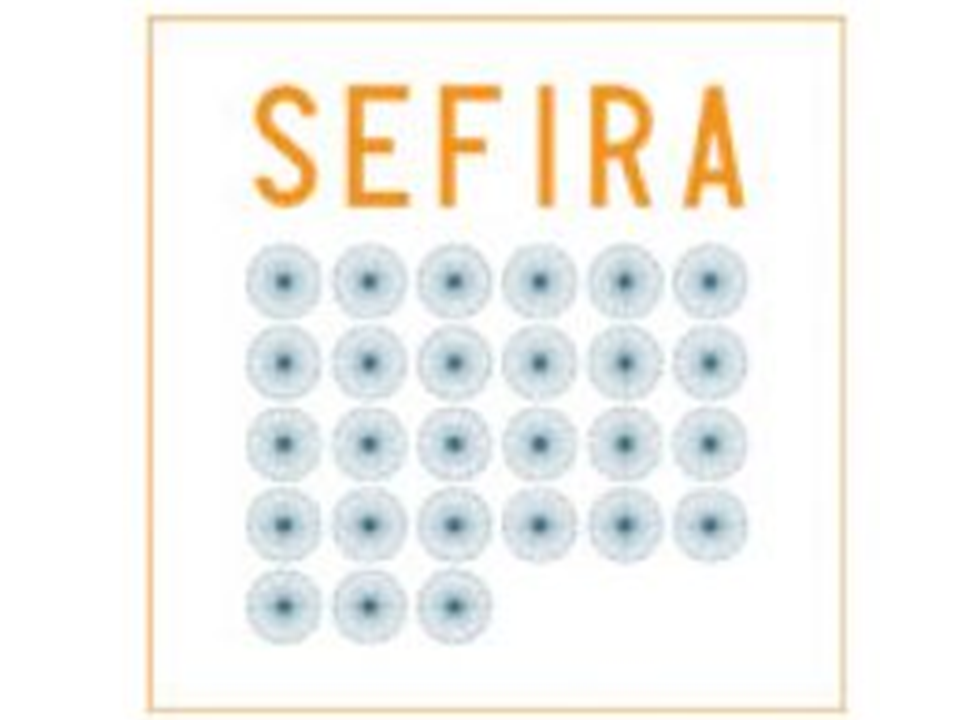
CNR-ISAC, together with the Universities of Urbino and Vienna, has carried out a study on the public perception of the sources of air pollution in seven countries of the European Union. The results of this study are published in the international journal AMBIO.
CNR-ISAC, together with the Universities of Urbino and Vienna, has concluded a study on the public perception of the sources of air pollution in seven countries of the European Union. Over 16,000 citizens of Italy, Belgium, Germany, Poland, Sweden and United Kingdom were interviewed to answer the question of which economic sector, according to their opinion, was the main cause of air pollution. The selected seven Countries are representative of different socio-economic and political patterns of the European society as well as differently polluted environments. The paper is now published in the international journal AMBIO.
“The interviewees could choose between five main sectors (agriculture, domestic heating, domestic waste, industry, traffic) as those primarily responsible for air pollutant emissions in their Country, and each respondent was allowed to choose two sectors” states Sandro Fuzzi of CNR-ISAC. “The results of the survey were analysed for each individual Country on the basis of age, gender, education level, and place of residence of the respondents. With very limited differences between the various Countries, the two sectors indicated in the survey as primarily responsible for air pollutant emissions were by far industry and transportation”.
The study has then verified the perception of the citizens using a study, realised for the European Commission by the Austrian Institution IIASA, on the air quality in the different Member States. “We have chosen for the comparison between citizen’s perception and the reality the parameter PM2.5, the so-called fine particulate, considering that most of the premature deaths in the EU-28 caused by air pollution are attributable to PM2.5, compared to other air pollutants” says Fuzzi. “In fact, the IIASA study identifies agriculture and livestock as the main contributor to PM2.5 air concentration, due to their emissions of ammonia that represents one of the main constituents of atmospheric particulate matter”.
The study has also examined the reasons for this wrong perception of the citizens. “This is due in part to the limited information that science and public authorities make available to the laypeople, but also to misleading and biased information often found in the social media, which have caused a growing skepticism about scientific evidence. This misperception may also in part be attributed to the stereotype of the countryside as a good place to live and as a repository of traditional values.”
The study was carried out within the European project SEFIRA (Socio-Economic implications For Individual Responses to Air pollution policies in EU+27).
Maione M., Mocca E., Eisfeld K., Kazepov Y. & Fuzzi S. Public perception of air pollution sources across Europe. Ambio (2020). https://doi.org/10.1007/s13280-020-01450-5
